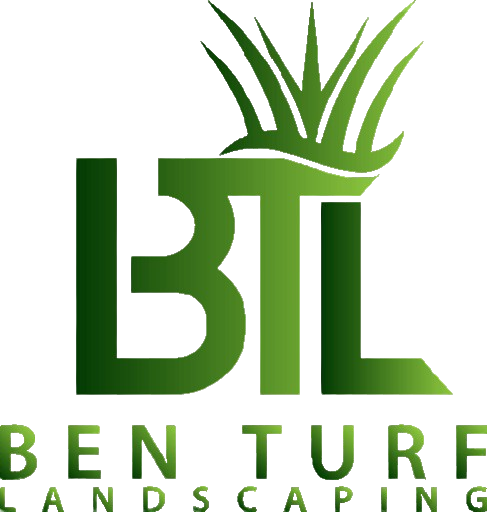Introduction
Installing artificial grass is a popular choice for homeowners looking to create a low-maintenance, evergreen lawn. Unlike natural grass, synthetic turf requires minimal upkeep, no watering, and stays green year-round. However, the success of your artificial grass installation heavily depends on the foundation you lay underneath it. This guide explores the essential base materials for installing artificial grass, providing you with detailed information to ensure a smooth and durable installation.
The Importance of a Proper Base
A well-prepared base is crucial for the stability, drainage, and longevity of your artificial turf. Without a solid foundation, your synthetic lawn could suffer from poor drainage, leading to puddles, wrinkles, and uneven surfaces. These issues not only detract from the aesthetic appeal but also shorten the lifespan of your artificial grass. Therefore, investing time and resources in creating a suitable base is essential for a successful installation.
Common Base Materials
1. Crushed Stone
Crushed stone is one of the most commonly used base materials for artificial grass. It provides excellent stability and drainage, making it ideal for most installations. Crushed stone, such as Class II Road Base, typically consists of a mix of gravel and sand, which compacts well and forms a solid foundation.
2. Decomposed Granite
Decomposed granite is another popular choice for artificial grass bases. It consists of small pieces of granite, gravel, and sand, offering a smooth and stable surface. Decomposed granite compacts well and provides excellent drainage, making it ideal for high-traffic areas like walkways and putting greens.
3. Recycled Aggregates
Recycled aggregates are an eco-friendly option made from crushed concrete and other recycled materials. This option not only helps reduce waste but also provides a solid and stable base for your artificial grass). Recycled aggregates can be used alone or combined with other base materials to enhance stability and drainage.
4. Sand
Sand is a cost-effective base material, but it has some limitations. While sand is easy to install and provides good drainage, it may shift over time, leading to an unstable surface. Coarse sand is preferable as it offers better stability compared to fine sand.
Preparing the Base
Site Preparation
Start by removing any existing grass, weeds, rocks, and debris from the installation area. Excavate the soil to a depth of about 3-4 inches to make room for the base material. This depth is generally sufficient for most residential installations, providing a solid foundation for your artificial turf.
Installing the Base Material
- Lay the Sub-Base: Begin with a sub-base layer of crushed stone or decomposed granite. Spread the material evenly across the excavated area and compact it using a plate compactor or hand tamper. This step is crucial for ensuring a stable foundation.
- Compaction: Compact the base material to about 90% of its original volume. This compaction helps prevent settling and maintains a level surface over time. Ensure the base is thoroughly compacted to avoid future issues with your artificial grass.
- Weed Barrier: Installing a weed barrier is optional but recommended. This fabric layer helps prevent weeds from growing through your artificial turf, reducing maintenance and prolonging the life of your lawn.
Ensuring Proper Drainage
Proper drainage is vital for the longevity and performance of your artificial grass. The base material should facilitate efficient water drainage to prevent pooling and waterlogging. Materials like crushed stone and decomposed granite are excellent choices for this purpose as they allow water to permeate through the base and drain away efficiently.
Considerations for Different Climates
The choice of base material may vary depending on your local climate. In areas with heavy rainfall, a base material with superior drainage capabilities, such as decomposed granite or gravel, is essential. For regions with dry climates, stability might be a higher priority, making crushed stone a suitable choice. Always consider your specific needs and environmental conditions when selecting the base material for your artificial grass installation.
Conclusion
Selecting the right base material is a critical step in installing artificial grass. Crushed stone, decomposed granite, recycled aggregates, and sand each offer unique benefits, but the best choice depends on your specific requirements and local climate. A well-prepared base ensures stability, proper drainage, and a smooth, long-lasting artificial lawn.
Wondering about the best base material for your artificial grass project? At Ben Turf, we provide expert advice and top-quality materials to help you achieve the perfect installation. Contact us today to learn more!

